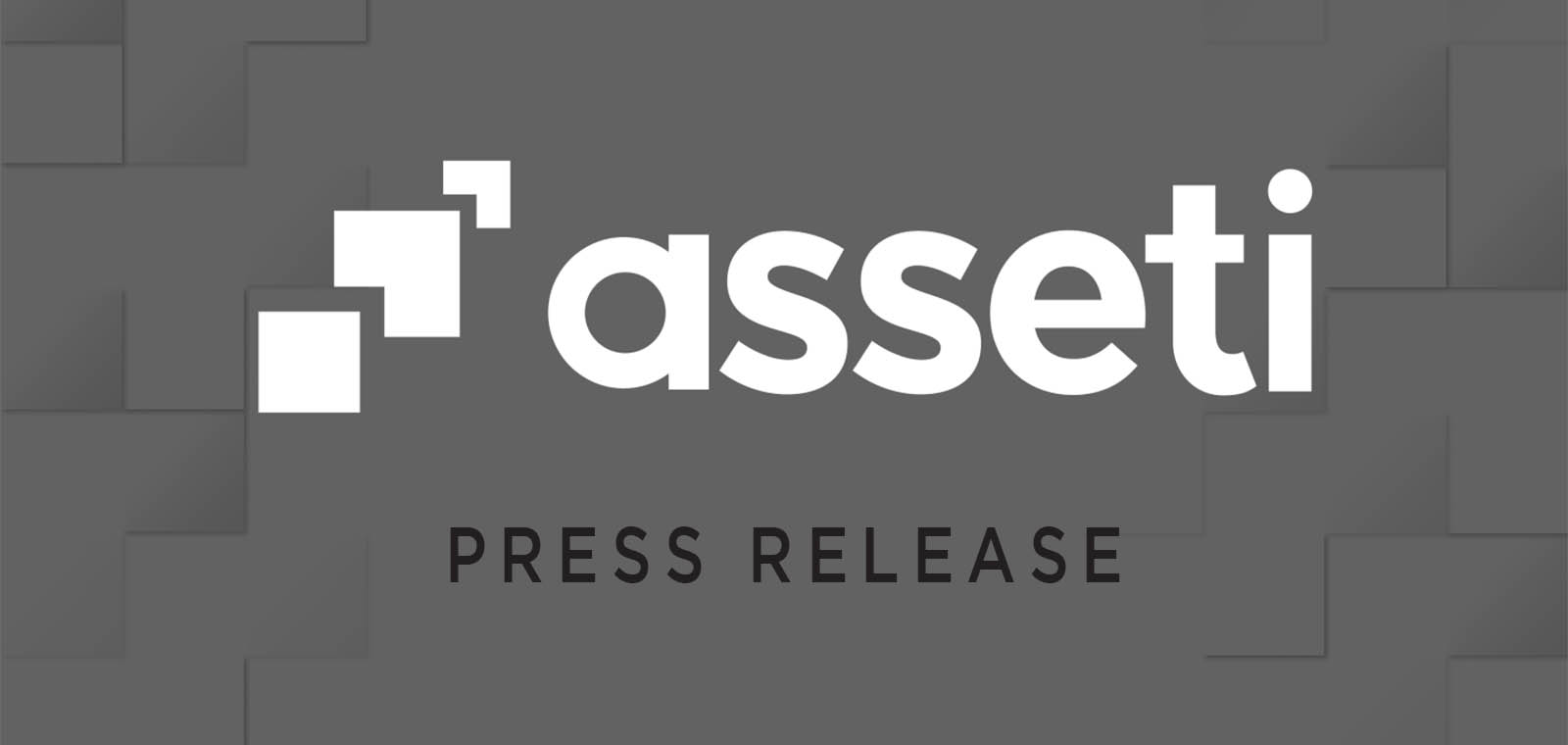
Detect, Diagnose, and Prevent: The Three Pillars of Effective Asset Condition Assessment
Efficient asset management is crucial for facility managers—especially those with large portfolios spread over a wide geographical area. The ability to detect, diagnose, and prevent potential issues in assets is vital to ensure optimal performance, minimise downtime, and reduce overall costs. Using the most recent advances in drone, automation and artificial intelligence (AI) technology, the three pillars of effective asset condition assessment have been simplified, making the whole process more efficient and much less costly for everyone involved.
Pillar One Detection: Harnessing the Power of Drones
Drones have revolutionised the way facility managers conduct asset condition inspections. They provide a bird's-eye view of assets, enabling swift and accurate detection of potential problems.
Here's how drones are transforming asset management:
- Aerial Inspections: Drones equipped with high-resolution cameras capture detailed images and videos of assets, allowing facility managers to examine them closely without physical access. Drones can quickly cover large areas and inaccessible locations, reducing the time and resources required for traditional manual inspections.
- Thermal Imaging: Thermal cameras mounted on drones detect temperature variations, helping identify potential issues such as overheating or insulation problems. This technology allows facility managers to detect hidden defects that might go unnoticed in visual inspections, enabling proactive maintenance and preventing catastrophic failures.
- LiDAR: LiDAR, or Light Detection and Ranging, is a remote sensing technology that utilises lasers to accurately capture 3D measurements. Airborne LiDAR scanning, used by Asseti, involves mounting LiDAR sensors on drones to capture high-resolution point cloud data of a selected environment or area. This technology enables the rapid and accurate collection of detailed 3D information, which can be further processed and analysed to classify and conduct an in-depth analysis of the asset.
- Digital Twin Production: Using advanced photogrammetry techniques, highly accurate orthophotos, and 3D models, create a detailed digital replica of an asset. These can then be used as evidence or baselines for reference, providing a visually rich way to anchor asset data and can be updated as needed over time. It means you can see into every nook and cranny of your asset without leaving the office!
Pillar Two Diagnosis: AI-Powered Analytics for Asset Management
The advent of AI and automation has significantly enhanced asset condition diagnosis. That’s because AI-powered analytics provide facility managers with valuable insights and actionable data.
Here's how AI and automation simplify the diagnostic process:
- Componentisation of Asset Features: This refers to the process of using AI to identify and categorise specific characteristics of assets. This involves recognising and extracting information such as the type of feature (e.g. roof sheeting), the material it’s made of (e.g. metal), and its size in square meters (e.g. 12sqm or 4x3m). By automating this process, AI enables the efficient sorting and categorisation of repairs or maintenance tasks based on logical groupings. This approach streamlines asset management and facilitates targeted and organised maintenance efforts—ultimately improving overall operational efficiency.
- Defect Detections: AI algorithms process vast amounts of data collected from sensors, drones, and other sources to identify patterns, anomalies, and trends over time. This allows facility managers to detect deviations from normal asset behaviour, indicating potential faults or maintenance requirements—before having boots on the ground.
- Predictive Maintenance: Using automation and AI, facility managers can look for lead indicators to predict asset failures by analysing patterns and historical data. This means it’s possible to plan maintenance activities proactively. Predictive maintenance minimises downtime, optimises asset performance, and reduces maintenance costs by preventing critical failures before they happen.
Pillar Three Prevention: Proactive Strategies for Asset Management
Prevention is key to effective asset management. By implementing proactive strategies, facility managers can mitigate risks and extend the lifespan of assets.
Here's how automation supports preventive measures:
- Protective Condition Monitoring: By scheduling regular asset condition inspections, you have the power to more accurately monitor what's changed and identify potential issues before they escalate. Using Asseti software, facility managers can give their on-the-ground trades access to relevant facility dashboards to access images and data about potential issues, allowing them to visually assess how critical the work is before they physically visit a site. They may be able to give rough estimates of how much the job will cost and pre-plan the amount of manpower and materials they need to resolve the issue before work is scheduled–saving everyone time and money.
- Maintenance Planning and Scheduling: Automation streamlines maintenance planning by optimising work orders, scheduling tasks, and allocating resources efficiently. Facility managers can prioritise maintenance activities based on asset criticality and condition, reducing the chances of unexpected breakdowns.
- Capital Works Budgeting: This involves providing evidence and foresight to aid in budgeting for future capital works. This type of forecasting is typically performed annually and involves reviewing the budget for ongoing and upcoming capital projects over five or more years. Various factors are taken into account, such as the condition and lifespan of existing assets, potential maintenance or replacement needs, and opportunities for capital improvements, including those related to energy efficiency, sustainability, and technological advancement. For example, installing solar panels to generate renewable energy or incorporating energy-efficient building features may be considered part of the capital works plan. The capability of Asseti technology makes this capital works forecasting even more straightforward as it allows managers to make increasingly informed decisions about allocating financial resources for necessary capital projects. It helps them to prioritise investments, plan for long-term asset management, and ensure that the most beneficial and cost-effective improvements are made to maximise the value of assets.
- Integration with Enterprise Systems: Automation tools can integrate with enterprise asset management (EAM) systems, allowing for the seamless flow of information. This integration enables facility managers to access asset data, track maintenance histories, and generate reports, enhancing decision-making processes. Asetti is designed as an EAM system itself, meaning the process of detection, diagnosis, and prevention is even more streamlined from start to finish.
Embracing technological advancement simplifies asset management
Effective asset condition assessment relies on the three pillars of detection, diagnosis, and prevention. Drones have revolutionised asset inspections, providing facility managers with comprehensive views and thermal imaging capabilities. AI and automation simplify the diagnosis process, empowering facility managers with valuable insights and predictive maintenance capabilities. By implementing proactive strategies, facility managers can prevent asset failures and optimise performance. Embracing these advancements in asset management technology enables facility managers to achieve operational excellence and drive efficiency in their organisations.
Request a free demo to see how Asseti can bring you detailed and actionable insights about your facility without you having to leave the office.




